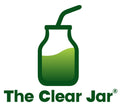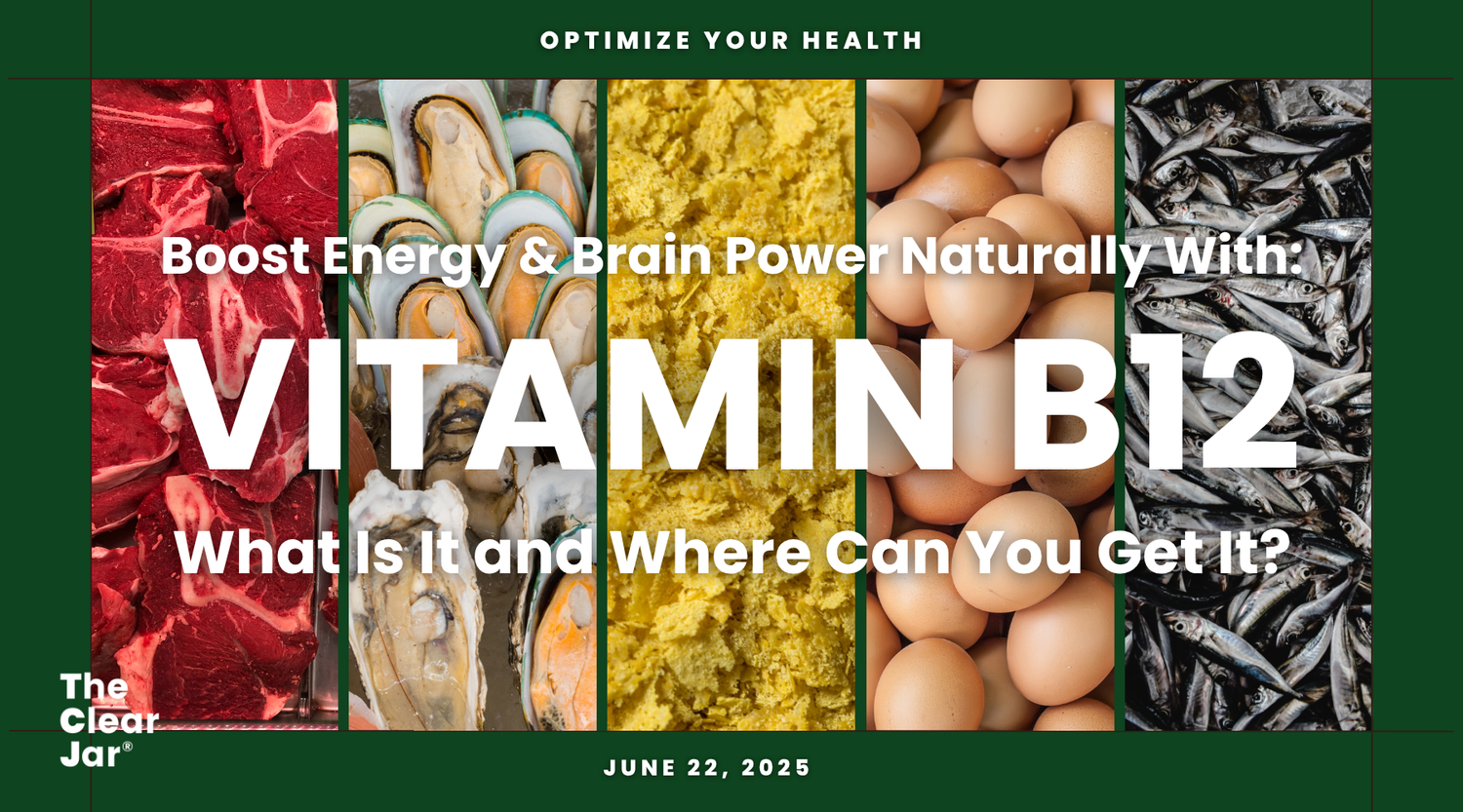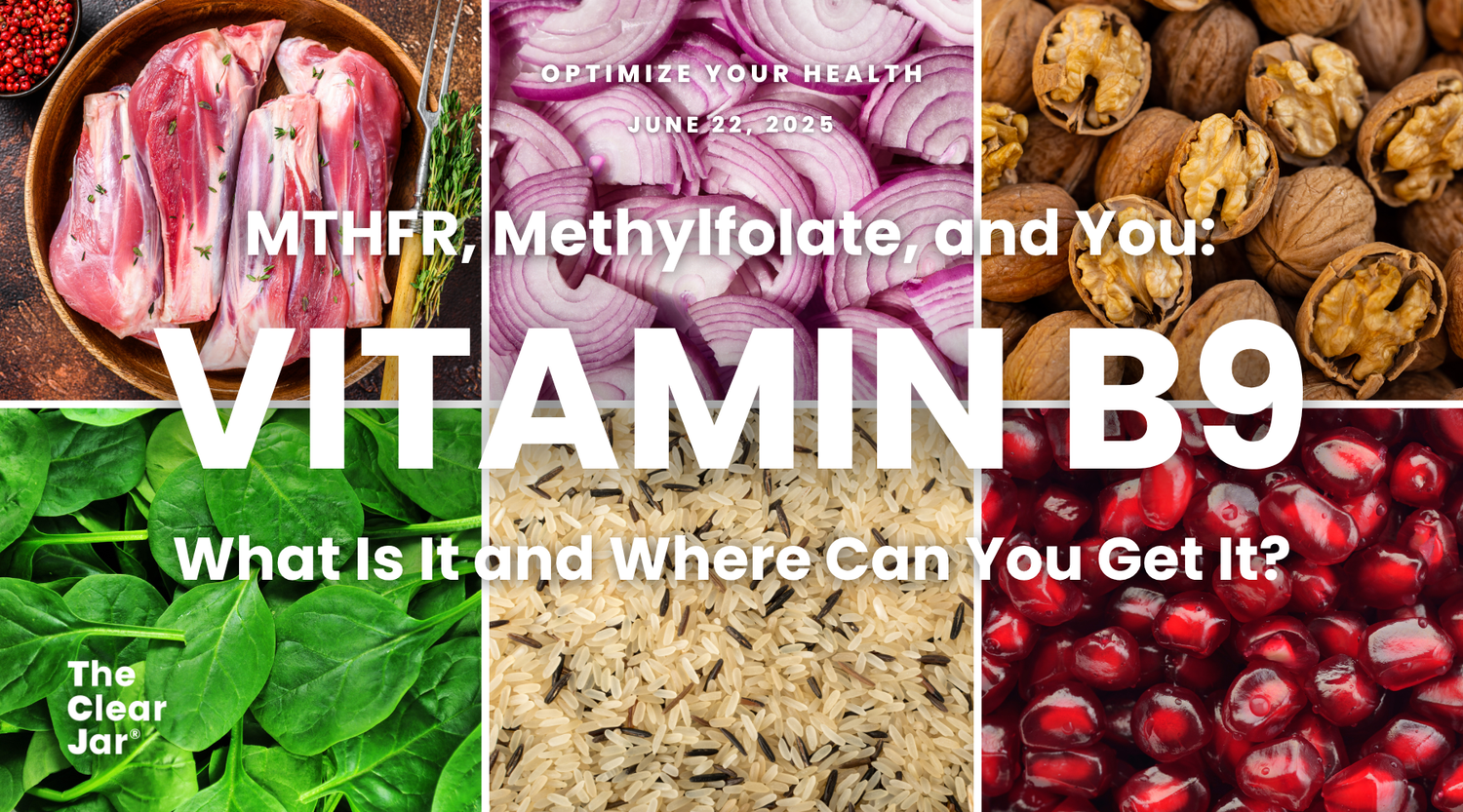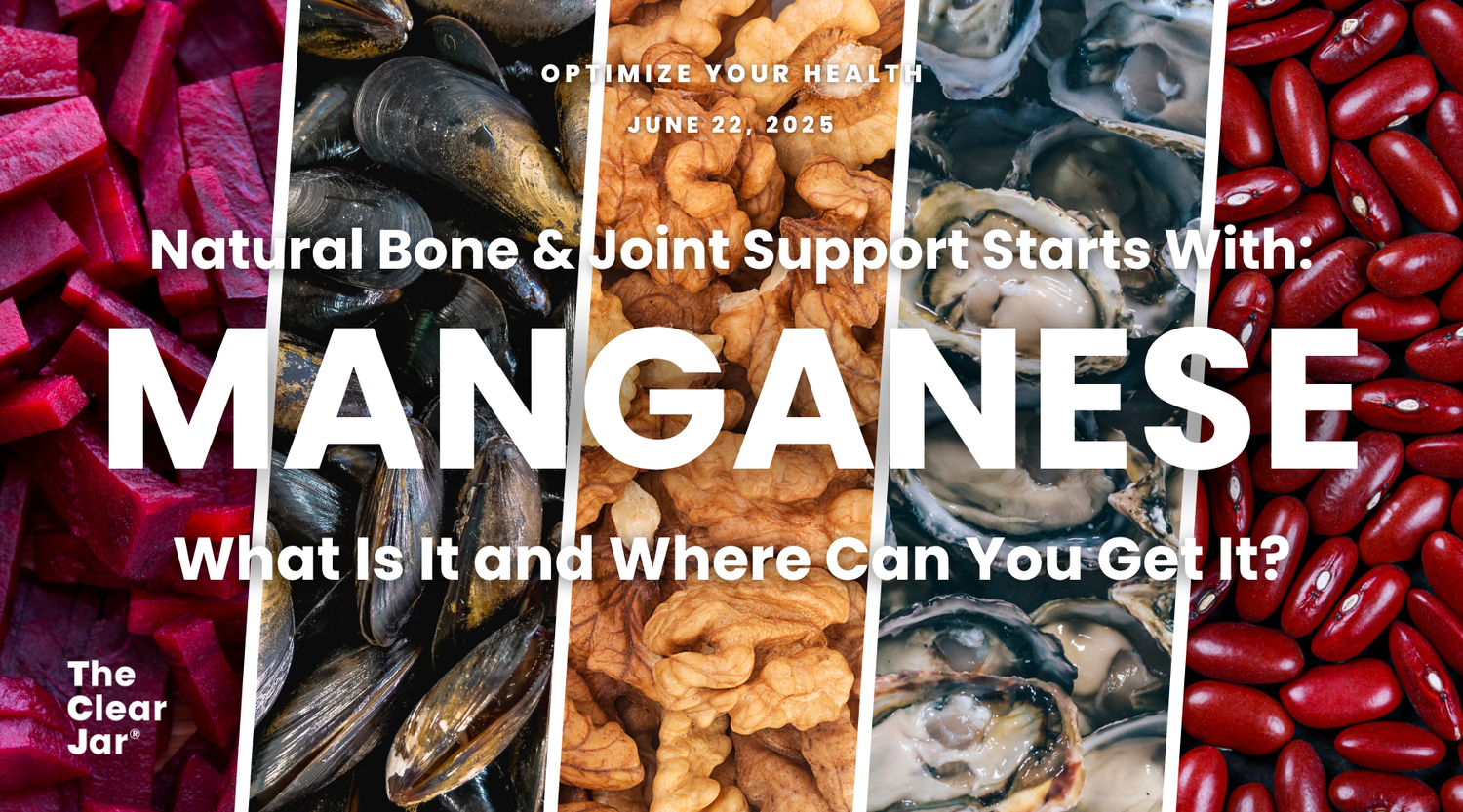Just one hundred years ago, all vitamins were natural—we didn't take capsules to get our nutrients; we simply ate food.
Over the past century, the supplement industry has found ways to create artificial or synthetic nutrients, believing they act the same way as food-borne vitamins and minerals.
Unfortunately, that’s not always true, as many synthetic vitamins don’t have the same effectiveness, benefits, and safety as whole-food-based nutrients.
In this article, learn more about what natural vitamins are and the top 7 reasons to consider switching over to the natural side of the supplement industry.
What Are Natural Vitamins?
Natural vitamins can come from several sources, including:
-
Fruits
-
Vegetables
-
Herbs
-
Algae
-
Natural extracts
Natural vitamins (sometimes called “whole food vitamins” or “food-sourced nutrients”) might include using vitamin C derived from oranges, vitamin D from mushrooms, or vitamin B12 from chlorella.
This is in contrast to synthetic vitamins, which are made artificially in a lab setting.
You can typically determine if your supplement is made from natural or synthetic vitamins by reading the label. Synthetic vitamins will be shown using their chemical name. For example, vitamin C will be labeled as “ascorbic acid” or vitamin B9 will say “folic acid.”
Conversely, the ingredients list on a natural vitamin label will include the whole foods they came from, such as “organic spinach, organic broccoli, and organic oranges.”
Why Should You Use Natural Vitamins?
-
Natural Vitamins Are More Bioavailable and Effective
How your body responds to, processes, and utilizes a vitamin from a whole food source can be very different from how it responds to a lab-made synthetic nutrient.
Even if the chemical structure is the same or very similar, our bodies are not used to these newer, artificial versions—remember that we’ve only had synthetic nutrients available for less than 100 years, compared to millennia of consuming fruits and vegetables.
Therefore, natural vitamins are more bioavailable—meaning our bodies can break down and utilize them better—and more effective.
One study compared synthetic and natural vitamin E, finding that humans absorb natural forms twice as well as the artificial versions.
Whole foods also contain additional nutrients, cofactors, and enzymes that improve bioavailability, which we’ll describe in more detail in the next section.
-
Synergistic Cofactors and Benefits
Synergy is a vital component of nutrition science—and may be one reason why conventional synthetic multivitamins don’t always show benefits in clinical trials.
When you eat real food—like a salad with tons of vegetables and fruits—you’re not consuming just vitamin C or vitamin K. You’re eating a whole host of additional compounds that benefit health (many of which scientists aren’t even aware of yet!).
Therefore, whole food-based vitamins also contain cofactors, phytonutrients, antioxidants, and enzymes that work synergistically with the nutrient to enhance its efficacy or bioavailability.
Some examples of nutrient synergy include:
-
Vitamin C: Citrus fruit contain bioflavonoids that fight oxidative stress and enhance the bioavailability of vitamin C.
-
Vitamin E: Nuts and seeds are sources of vitamin E as well as beneficial compounds called tocotrienols that support health more than synthetically isolated vitamin E.
-
Certain fruits and vegetables also contain prebiotic fibers that support digestive health.
Overall, whole food sources of vitamins and minerals also contain phytonutrients, phytochemicals, flavonoids, fiber, or other micronutrients that work synergistically to support health, while synthetic vitamins simply do not.
-
No Artificial Ingredients or Additives
While this is not always the case, natural supplements are more likely to avoid artificial ingredients such as additives, preservatives, dyes, or fillers.
Common additives found in synthetic vitamins might include:
-
Food dyes to enhance appearance (like Red 40, Yellow 5, Yellow 6, Blue 1, or Blue 2)
-
Anti-caking agents (like talc, silicon dioxide, or magnesium stearate)
-
Preservatives (like BHT and sodium benzoate)
-
Artificial sweeteners and flavors (especially in gummies or kids’ vitamins) such as aspartame or sucralose
-
Coating agents (like shellac or titanium dioxide)
Always check your natural vitamin supplement's label to ensure that all ingredients—not just the vitamins—are naturally sourced.
-
Fewer Potential Side Effects and Toxicity
As natural vitamins come from whole foods (and should not contain artificial additives), they pose less of a risk for side effects and allergic reactions.
Any of the artificial colors, preservatives, or chemicals potentially found in synthetic vitamins may cause unwanted reactions.
Synthetic vitamins are also harder on the digestive system (because our bodies are not used to digesting them), leading to more side effects like nausea, upset stomachs, or diarrhea.
Another concern about synthetic vitamins is the risk of toxicity. When we consume nutrients from whole foods, it’s challenging to eat enough to reach toxic levels.
Conversely, synthetic supplements may contain extra-high levels of certain nutrients that are not processed the same way as natural ones. Some can accumulate in the body, increasing the risk of toxicity.
-
Better for Gut Health
In addition to natural vitamins being easier for our systems to digest and causing fewer gastrointestinal side effects, they may also provide additional benefits to gut health.
This comes back to the potential for whole food-based vitamins to contain prebiotics—a type of fiber that acts as fuel for our gut bacteria, allowing a healthy microbiome to survive and thrive.
Some plants that are high in prebiotics include apples, mushrooms, onions, berries, and microalgae.
-
More Eco-Friendly
Natural vitamins are typically more eco-friendly than synthetic vitamins, as they are often derived from organic ingredients.
The organic and non-GMO farming methods used for many natural vitamins are more environmentally friendly, reducing pesticide use and environmental footprints and promoting plant biodiversity.
-
Natural Vitamins Support Long-Term Holistic Health
Due to natural vitamins being more bioavailable, effective, and containing synergistic nutrients and cofactors, natural supplements can often address multiple health needs at once without having to take a plethora of different pills.
These complementary nutrients may support various overlapping aspects of health, including energy levels, skin health, immune function, and more.
For these reasons, natural vitamins may also be more cost-effective in the long run—even if they have a higher price tag up front.
Key Takeaways
Overall, natural vitamins made from whole food ingredients are superior to synthetic vitamins on many counts.
The most significant benefits from choosing natural vitamins include their elevated bioavailability and efficacy, as our bodies have been digesting and absorbing fruits and vegetables for millennia.
Natural vitamins are also less likely to have artificial preservatives and additives, contributing to a lower risk of toxicity, side effects, and digestive problems. With eco-friendly practices, choosing natural vitamins can hep to support the health of both you and the environment.
Written by Dietitian: Cambria Glosz
—
References:
Burton, G. W., Traber, M. G., Acuff, R. V., Walters, D. N., Kayden, H., Hughes, L., & Ingold, K. U. (1998). Human plasma and tissue alpha-tocopherol concentrations in response to supplementation with deuterated natural and synthetic vitamin E. The American journal of clinical nutrition, 67(4), 669–684. https://doi.org/10.1093/ajcn/67.4.669
Carr, A. C., & Vissers, M. C. (2013). Synthetic or food-derived vitamin C--are they equally bioavailable?. Nutrients, 5(11), 4284–4304. https://doi.org/10.3390/nu5114284
Davani-Davari, D., Negahdaripour, M., Karimzadeh, I., Seifan, M., Mohkam, M., Masoumi, S. J., Berenjian, A., & Ghasemi, Y. (2019). Prebiotics: Definition, Types, Sources, Mechanisms, and Clinical Applications. Foods (Basel, Switzerland), 8(3), 92. https://doi.org/10.3390/foods8030092
Lehmkuhler, A. L., Miller, M. D., Bradman, A., Castroina, R., & Mitchell, A. E. (2020). Certified food dyes in over the counter medicines and supplements marketed for children and pregnant women. Food and chemical toxicology : an international journal published for the British Industrial Biological Research Association, 143, 111499. https://doi.org/10.1016/j.fct.2020.111499
Sen, C. K., Khanna, S., & Roy, S. (2004). Tocotrienol: the natural vitamin E to defend the nervous system?. Annals of the New York Academy of Sciences, 1031, 127–142. https://doi.org/10.1196/annals.1331.013
Sweeney, M. R., McPartlin, J., & Scott, J. (2007). Folic acid fortification and public health: report on threshold doses above which unmetabolised folic acid appear in serum. BMC public health, 7, 41. https://doi.org/10.1186/1471-2458-7-41
Townsend, J. R., Kirby, T. O., Sapp, P. A., Gonzalez, A. M., Marshall, T. M., & Esposito, R. (2023). Nutrient synergy: definition, evidence, and future directions. Frontiers in nutrition, 10, 1279925. https://doi.org/10.3389/fnut.2023.1279925








